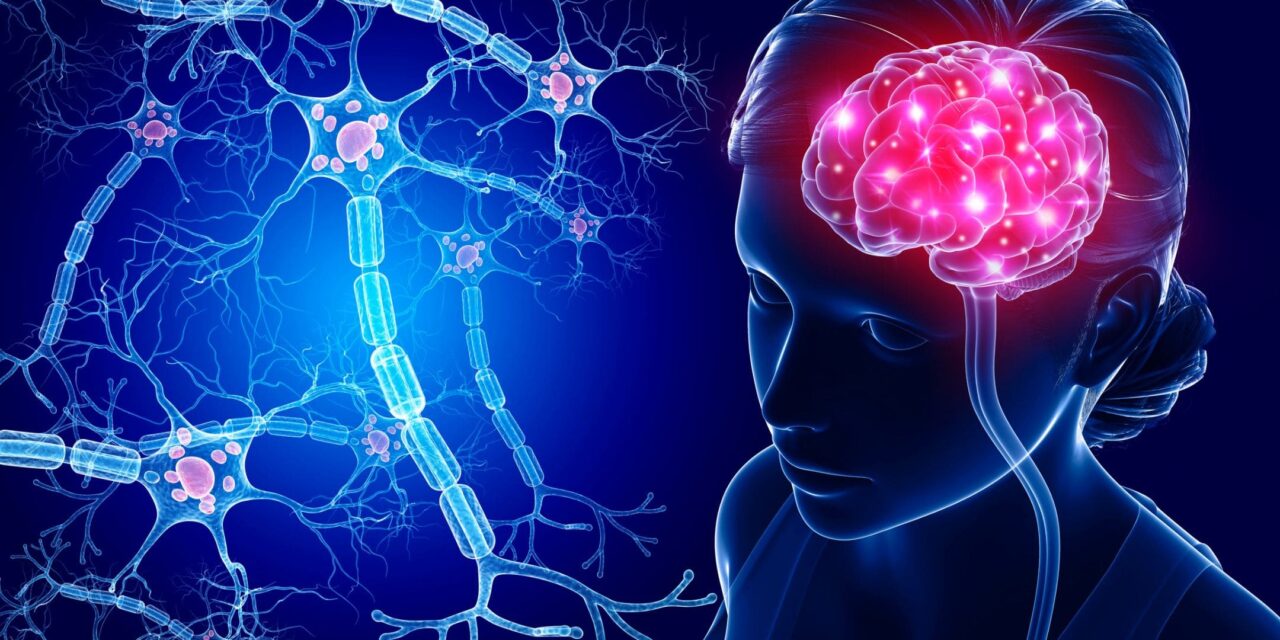Did you know that the human brain is an amazing machine, capable of processing information at lightning-fast speeds? It’s no wonder that the brain is often called the most complex organ in the body. One of the most fascinating things about the brain is the sheer number of connections it contains. In fact, the human brain has more connections than there are stars in the Milky Way galaxy!
According to recent estimates, the brain contains over 100 trillion connections between neurons. That’s a mind-boggling number, especially when you consider that the Milky Way contains “only” 100-400 billion stars. Each connection between neurons is called a synapse, and it’s through these synapses that information is transmitted throughout the brain.
What’s even more amazing is that the brain is constantly changing and adapting. Scientists call this neuroplasticity, and it allows the brain to rewire itself in response to new experiences and challenges. So, if you learn a new skill or develop a new habit, your brain is literally changing in response to that experience.
But how do scientists even know how many connections are in the brain? One method is to use a technique called electron microscopy, which allows researchers to see the individual synapses between neurons. By studying these synapses, scientists can learn more about how the brain works and how to treat disorders that affect it.
In conclusion, the human brain is a truly remarkable organ. Its complexity and adaptability are what make us capable of incredible feats of creativity, innovation, and learning. The fact that it contains more connections than there are stars in the Milky Way is just one of the many awe-inspiring aspects of this incredible machine.
Your support means the world to us! If you enjoyed this article, share it with your friends and give it a rating.
Thank you!










